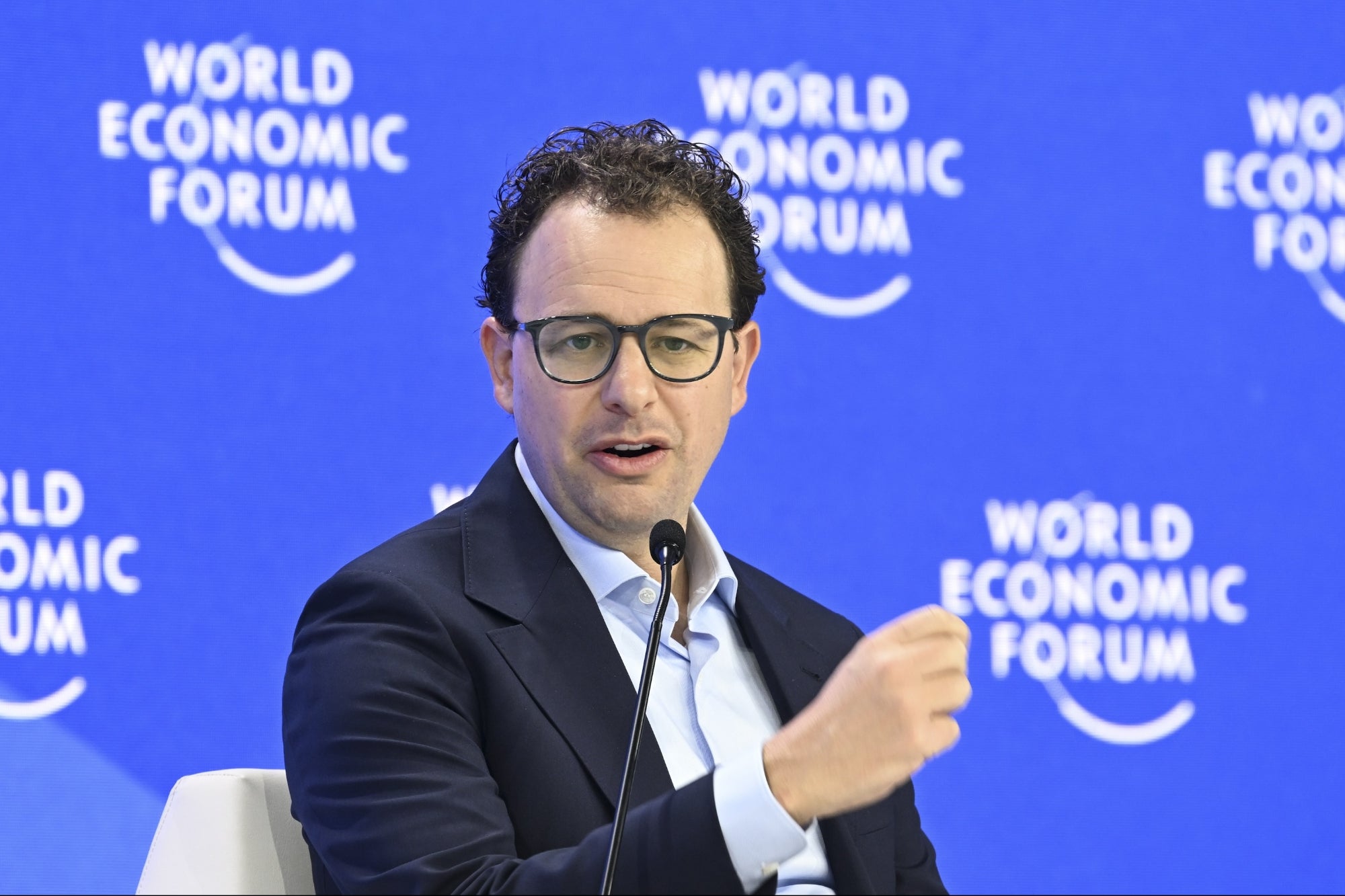Don't Wait For Customers to Find You — Here's How to Go to Them Instead In today's hyper-connected world, passive customer engagement is no longer enough — businesses must proactively deliver timely, relevant value within customers' existing digital journeys to truly stand out.
By Jordan Glazier Edited by Kara McIntyre
Key Takeaways
- Proactive customer engagement is essential in a world where consumer attention is scattered and marketing noise is high.
- Simple, strategic tools like browser extensions and personalized notifications can significantly boost a brand's visibility and relevance.
- Forward-thinking engagement strategies can help even small businesses forge stronger customer relationships and improve retention.
Opinions expressed by BIZ Experiences contributors are their own.
For years, online businesses, especially smaller ones, have followed a somewhat passive model of customer engagement. The site is live, and the digital storefront is effectively "open." The expectation is that customers will visit when their need arises, reacting to the demand created by external marketing.
This "wait and see" approach, while foundational, is becoming insufficient in a hyper-connected world where consumers are bombarded with messaging at every turn. Instead, the new model of customer engagement demands a shift from being reactive to actively meeting customers where they are, when they need it. This evolution, powered by new technologies, can be a game-changer, even for small startups lacking armies of development resources.
Related: Is Your Company Hitting These Engagement Metrics? If Not, You're Going to Lose Customers.
The limitations of the passive approach
The limitations of solely relying on so-called inbound website traffic are becoming clearer. Consumers belong to numerous loyalty programs (on average, over 15) but actively engage with fewer than half of them. There are many reasons for the lack of engagement: Their attention is extremely fragmented, and the sheer volume of our modern world's digital noise makes it challenging to stand out when a customer finally remembers or searches for a company's products. It can feel like a shot in the dark.
Banks, for instance, face the reality that users often check their banking apps infrequently (four times per month or less). This highlights a fundamental challenge: How do businesses break through the noise and become more relevant to their customers' everyday experiences?
Embracing proactive engagement
The answer is embracing proactive engagement. This means strategically integrating into the customer's existing digital journey. Imagine a scenario where, instead of waiting for a customer to visit your website then decide to make a purchase, your brand subtly surfaces relevant information or reminders within the customer's normal online activity flow. This could take the form of helpful notifications or unobtrusive integrations from tools such as browser extensions that can provide added value in real-time. The core principle is to invert the engagement model: Instead of expecting users to seek you out, your brand "comes to them" at the most opportune moments.
This shift is about more than just being there; essentially, it means delivering contextually relevant value too. For example, a customer browsing for car rentals online could be gently reminded of free loss damage waiver insurance benefits associated with a premium credit card they frequently use. Similarly, someone researching concert tickets might receive a timely notification about exclusive presale access linked to a particular loyalty program, right when they are visiting a ticketing site.
These examples of "always-on" experiences provide genuine value and usefulness because they help customers realize the full potential of the benefits and services they already have access to, when they need it most.
In fact, consumers often fail to take full advantage of the existing benefits that come with their loyalty programs or premium credit cards. Capgemini reported that customers might sign up for credit cards based on attractive incentives, but will quickly disengage if their overall experience falls short of expectations. The report also notes that only 44% of respondents received recommendations to use the complementary products that add value to their cards.
Related: 3 Effective Engagement Tactics to Help Small Businesses Create Authentic Connections With Customers
A playbook for proactive engagement
For small businesses and startups, the prospect of building sophisticated, proactive engagement tools might seem daunting. However, many effective strategies can potentially be implemented without a big development team. Here's a mini-playbook to get started:
- Map the customer journey: Identify key decision points and potential opportunities in your customers' online experience. With respect to what your brand already offers in terms of value-adding customer benefits, where could timely information or a subtle nudge be most helpful to surface them?
- Leverage existing platform capabilities: Many e-commerce platforms and CRM systems offer built-in tools for triggered notifications, personalized recommendations and even basic integrations with third-party messaging tools.
- Consider browser extensions: Browser extensions offer a persistent presence that can be seamlessly integrated into customers' daily online shopping and financial decisions. These tools can act as a constant companion to the online consumer, surfacing contextual value without requiring people to actively seek out a separate app or site.
- Prioritize relevant notifications: Don't bombard users with generic messages. Focus on delivering personalized and timely notifications based on their browsing behavior or past interactions. Relevance is key to creating genuine customer engagement, and smart throttling is key to not overdoing it.
- Explore strategic partnerships: Collaborate with complementary businesses or platforms to integrate your offerings into their existing customer journeys. This can expand your brand's reach without requiring extensive development on your part.
- Iterate and learn: Start with simple implementations and monitor their effectiveness. Gather customer feedback and refine your engagement strategies over time.
There are numerous benefits to moving beyond a reactive approach with customers. By proactively engaging customers, businesses can increase brand visibility at crucial decision steps and deliver immediate value that strengthens the customer relationship. This ultimately fosters deeper loyalty. When a business demonstrably helps customers save time, money or make smarter choices within their existing online activities, it moves from being just another option to becoming a trusted companion. This approach can also help address key company priorities, such as the expansion of your brand's ancillary products or services, by offering relevant cross-selling messages at opportune times.
The future of customer engagement belongs to those who understand the power of being present and helpful as the customer goes about their daily lives. By proactively delivering value, even small businesses can forge stronger customer connections and drive greater utilization of their offerings, improving customer retention even as competition grows.
The era of simply waiting for customers to arrive is over. The shift to always-on, value-driven experiences that meet them where they are is underway.










